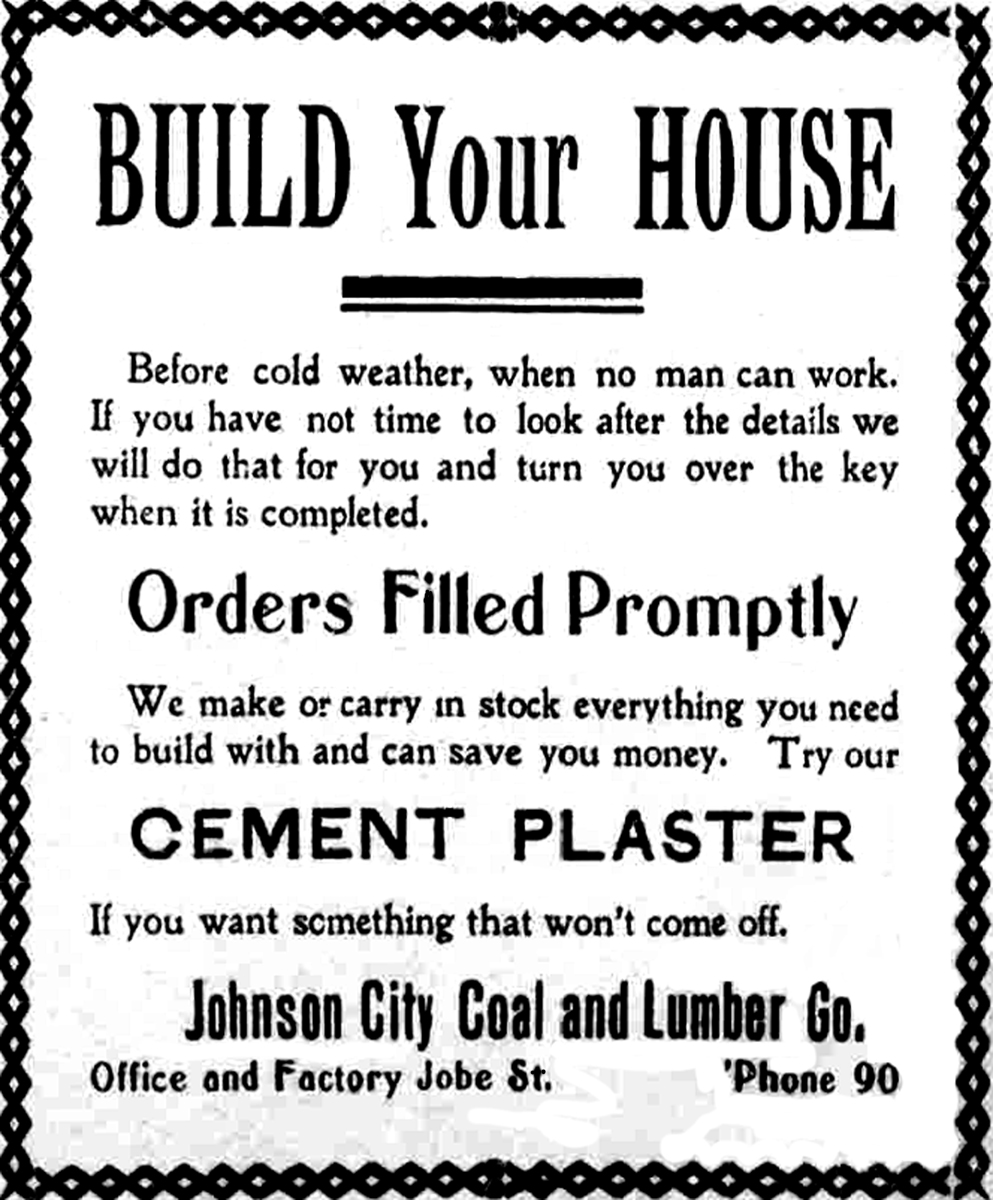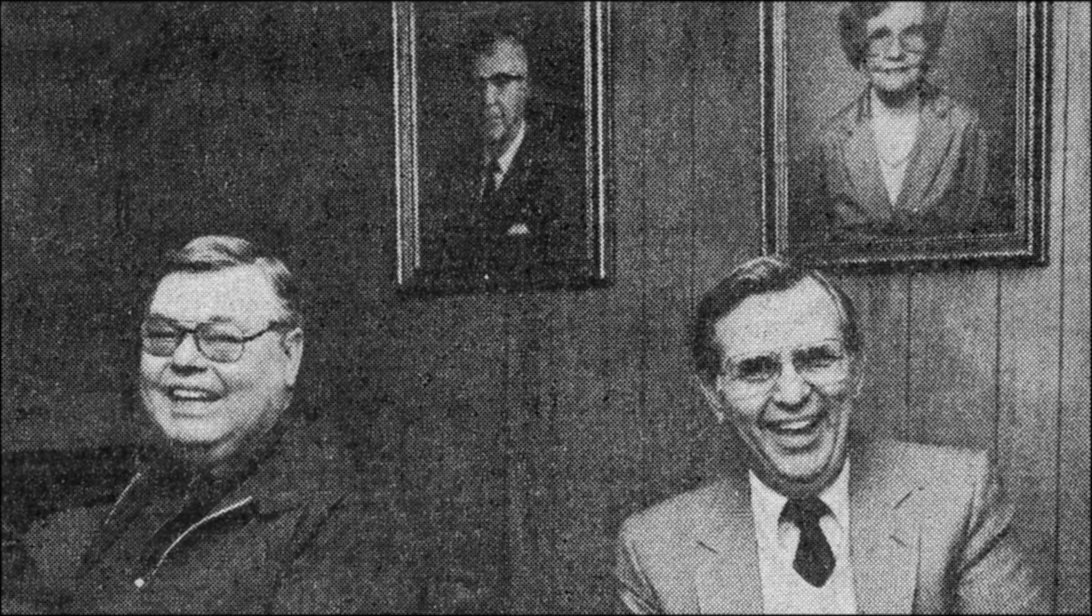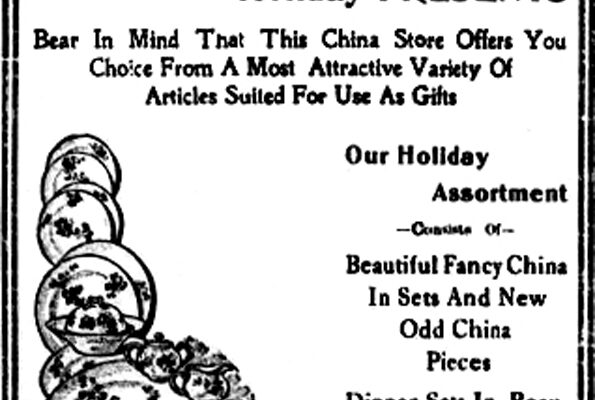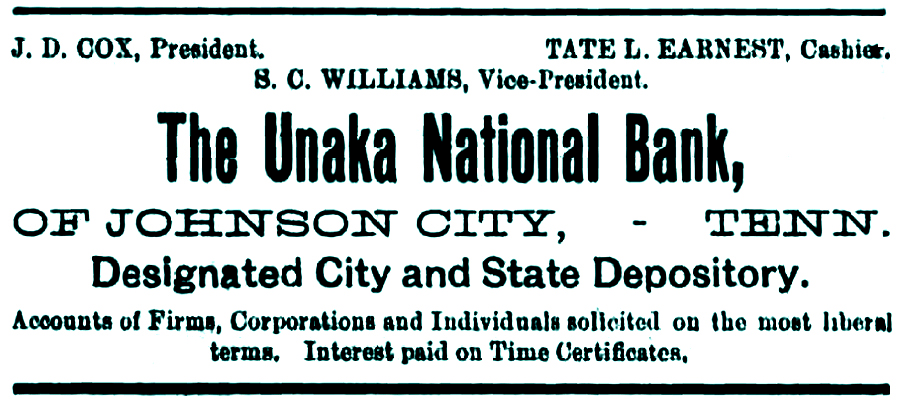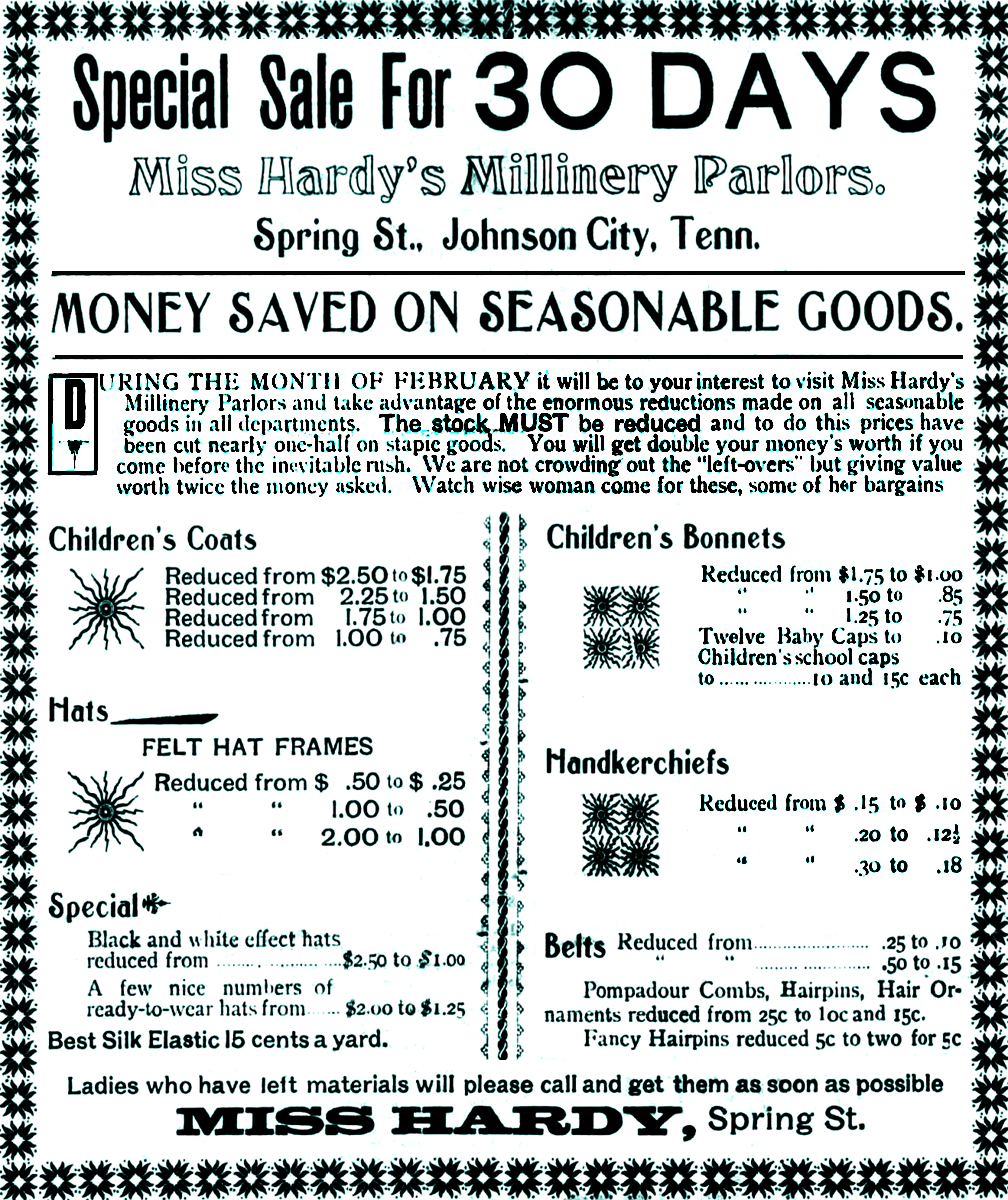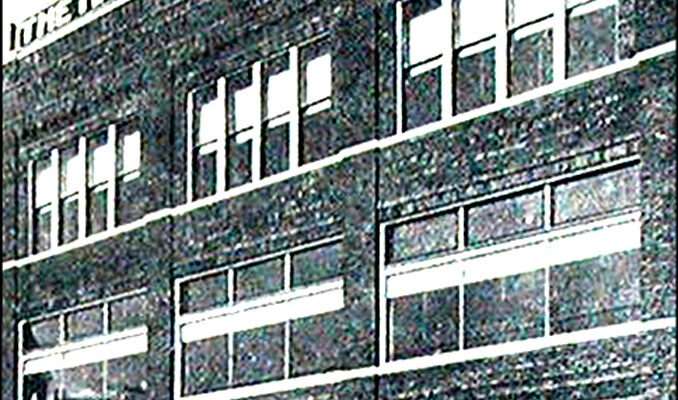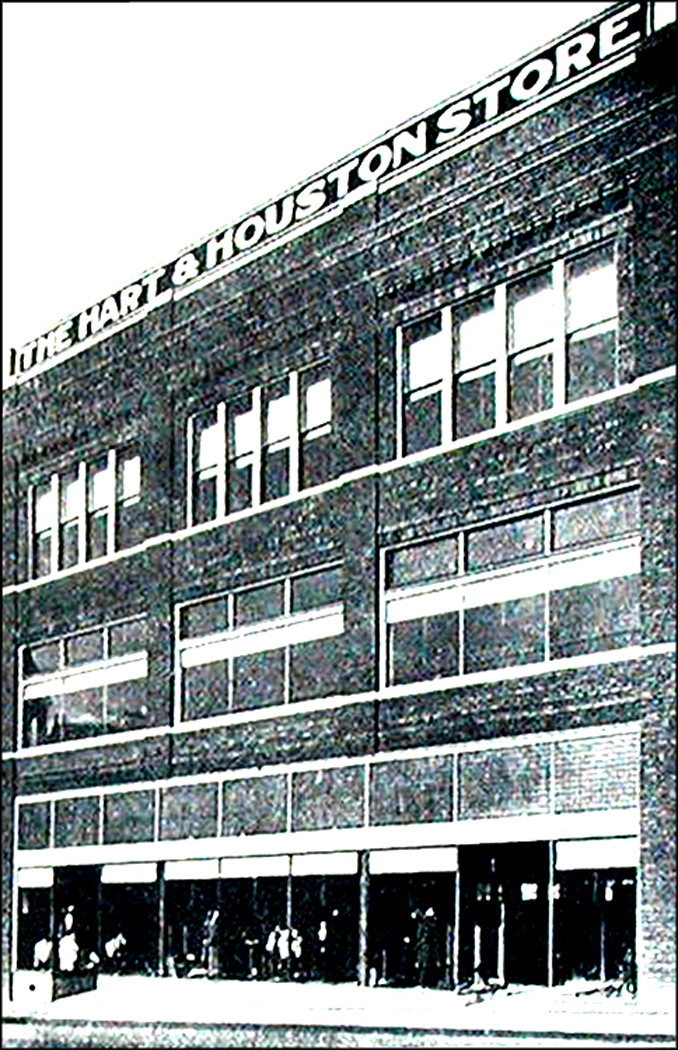Over the years, Johnson City acquired several city directories with many of them ending up in public libraries and local colleges. These books painted an amazing journey throughout the years. Over time, I added several volumes to my collection, including several from pricey estate sales.
The first one from 1908-09 offers an introduction: “In presenting to you this our first directory of Johnson City, we do so with pride and much pleasure.
“They are delightful because the book has been carefully arranged and compiled and the publisher felt that they were presenting to Johnson City the best directory that could have been published under existing circumstances.
“Minor mistakes can be found occasionally, it being absolutely impossible to make any directory perfect. especially, so we have had previous issues for a guide, but as a whole, we think our directory will prove satisfactory, and we hope will find its way into the business house of every business man in your city.
“By a count of the number of names taken on canvass, we find that we have over 3,500 names, exclusive of firm names and businesses. We are prepared to give the population of Johnson City and nearby suburbs, which we place at about 9,000 people. We also state that we found very few vacant houses and many new ones, which is a sure sign of growth.
“We take pleasure in presenting to you this directory because we believe you realize the need of such, judging from your support and co-operation, without which we would have been unable to publish the work.
“We thank our patrons for their business and extend our thanks to the public in general, for the courteous way in which they gave and supplied us with proper data, and we hope that you will liberally patronize the public spirit men who have advertised and thus aided in giving the citizens of your city a good up-to-date directory.
“If there be any who did not have an opportunity to subscribe for a copy of the directory, they can obtain the same by writing us at our home office located in Asheville, NC.
“Yours very truly, Piedmont Directory Co., by E.H. Miller.”
Turning the pages to 12 and 13 display the street guide for 1908-1909: Afton, Ashe, Baxter, Boone, Buffalo, Carnegie, Cherokee Road, Cherry, Chestnut, Commerce Avenue, Division, Eighth Avenue, Elm, Elmo, Ernest, Fairview Avenue, Fifth Avenue, Fourth Avenue, Fulton, Grover, Hamilton, Harris Avenue, Henry, Holston Avenue, Humboldt, Ivy, Jobe, King, Lamont, Locust, Main, Maple, Market, Maupin, Millard, Montgomery, Myrtle Avenue, New, Ninth Avenue, Oak, Pine, Popular, Public Square, Railroad (parallel with Southern Railway tracks), Roan, Second Avenue (Carnegie), Seventh Avenue, Sixth Avenue, Spring, Stuart, Summer, Tenth Avenue, Third Avenue (Carnegie), Unaka Avenue, Walnut, Watauga Avenue, Wellborn, Whitney, Willow and Winter.
Physicians
Physicians listed in this directory (and location of practice) include: CJ Broyles (Kress Bldg), EE Byrd (Natl Soldiers Home), HM Cass (King Bldg.), Jno W. Cox (w Roan), Dulaney HP, Soldiers Home, Dykes LM (DO, MD, 1-2-3 Miller Bldg, Estes Elmore, 307 e Main, Hartsook, NE (eye, ear, nose and throat), Kennedy WT, 834 W Maple, Long EA, 6-7 Brown Bldg, McKay SS, 406 W. Main, Matthews WM, 6-7 King Bldg, Miller HD, 7 Miller Bldg, Miller WJ, 100 w Watauga Ave, Moss JG, 4-5 Miller Bldg, Preas, JH, 241 e Main, Randall, J.P., 4-5-6 Brown Bldg, Sells GJ, 3-4-5 King Bldg, Sherrill OW, 140.5 E Market, West, ET and 26-27 Kress Bldg.
More peeks into Johnson City impressive directories will be featured later.

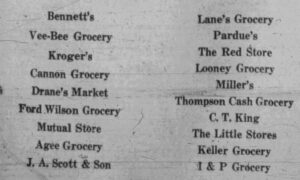


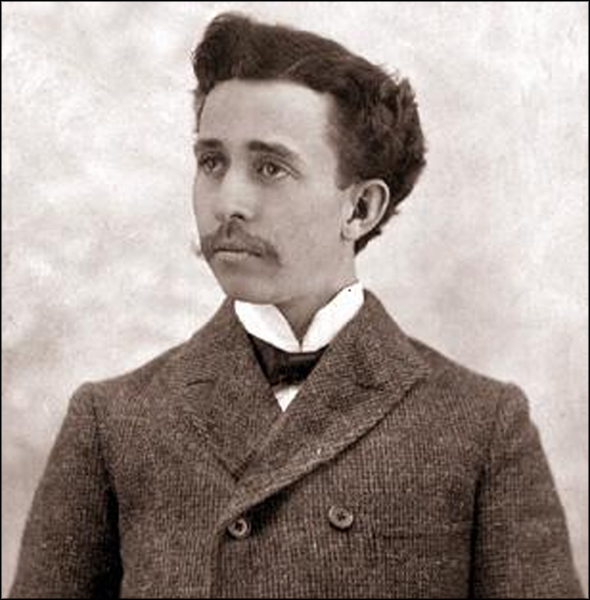
 Brown (left) and Jackie Gleason, the first Chester Riley on The Life of Riley-600x400.jpg)
 Brown (left) and Jackie Gleason, the first Chester Riley on The Life of Riley.jpg)


